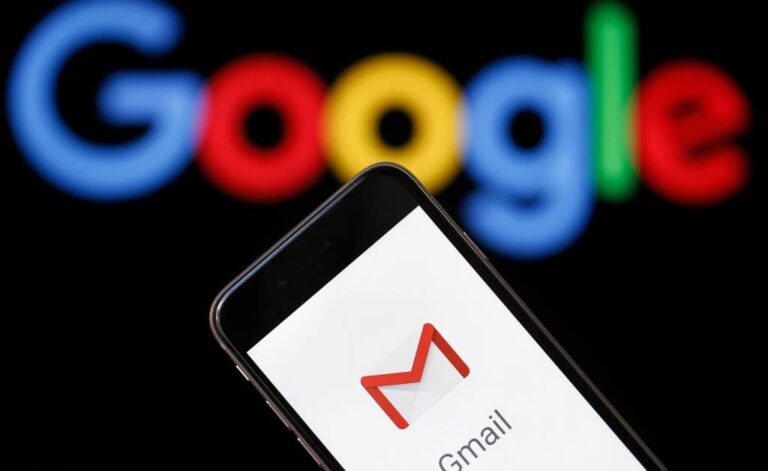Gmail is a free email service provided by Google. It provides users with a gigabyte of storage for messages and provides the ability to search for specific messages. In many ways, Gmail is like any other email service. You can send and receive emails, block spam, create an address book, and perform other basic email tasks. But it also has some more unique features that help make it one of the most popular online email services.
Table of contents
About Gmail
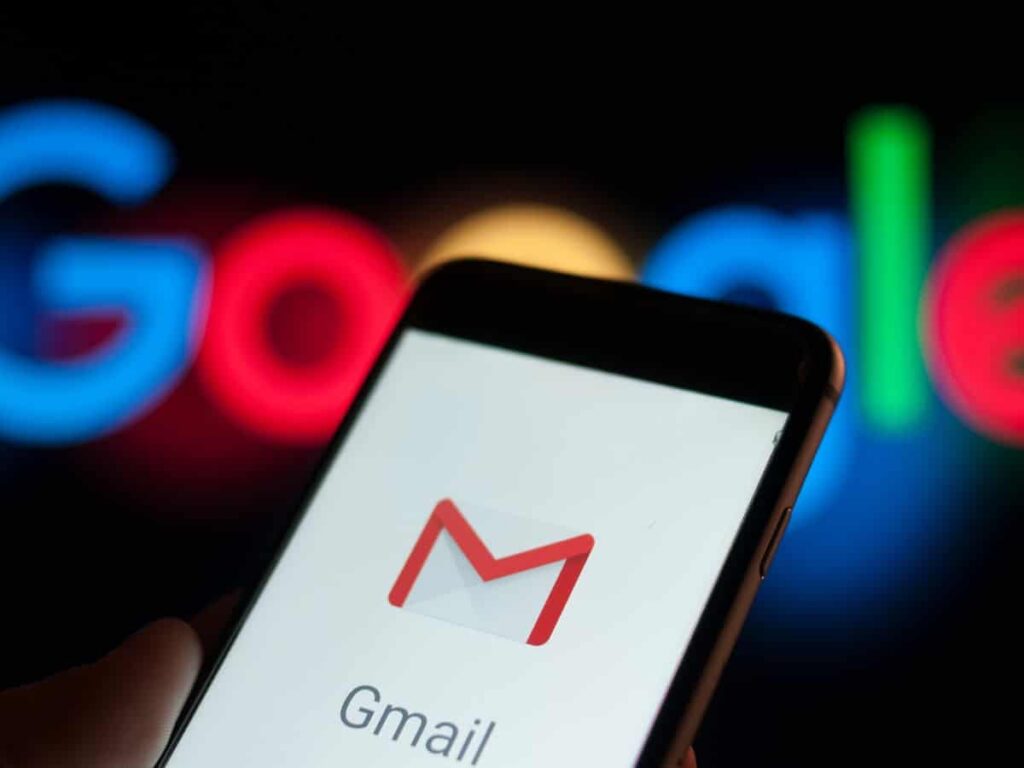
Gmail is a free email service developed by Google. Users can access Gmail on the web and using third-party programs that synchronize email content through POP or IMAP protocols. They started as a limited beta release on April 1, 2004 and ended its testing phase on July 7, 2009. By October 2019, Gmail had 1.5 billion active users worldwide. And available in 105 languages.
At launch, They had an initial storage capacity offer of one gigabyte per user, a significantly higher amount than competitors offered at the time. Today, the service comes with 15 gigabytes of storage.
Why choose Gmail
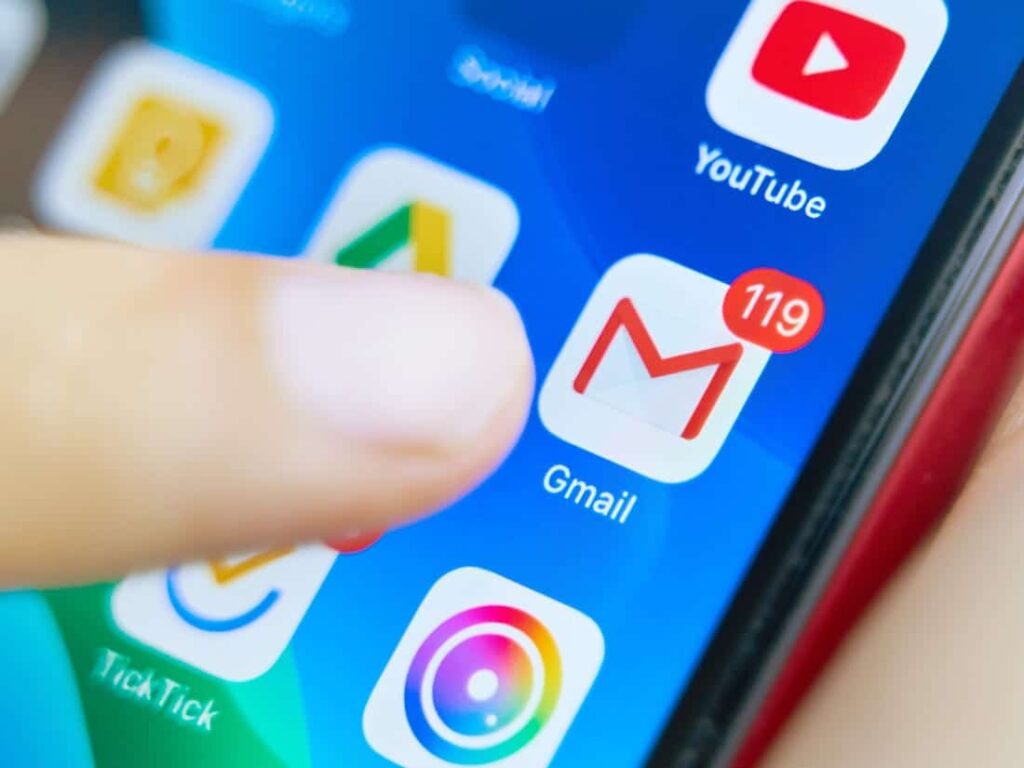
Gmail is available on nearly any desktop and mobile platform and lets you perform a host of other tasks and customizations. Get notifications of new messages on your desktop. Set up filters and labels to organize your mail. Archive your mail for easy searching.
- Use nifty Gmail address hacks to create the illusion of multiple accounts.
- Subscribe to RSS and Atom feeds and receive feed summaries as if they were mail messages.
- Flag special messages.
- Archive your mail for easy searching.
- Get notifications of new messages on your desktop.
- Set up filters and labels to organize your mail.
Uses of Gmail
- To send and receive text messages
- To upload and download files as attachments to your mail
- Gmail can be used to sign up or sign in to many apps like Mega, Google Drive, Box, etc.
- Contact people all over the world for free (or inexpensively).
- Communicate with more than one person at a time.
- The first is that you are able to get a great deal of storage space, much more than you may be able to get if you were using a client program for your emails.
- Currently, Gmail for business offers 25Gb of storage space which means that it is possible to store a large number of email messages or messages containing large files rather than being limited by storage space on a corporate server or hard drive.
How much does cost?
I is Free! Gmail is completely free to use. You can, of course, pay for premium features, like more inbox storage and that sort of thing, but if you don’t need that, then you’re good to go!
There is, however a paid version, which lets you choose a custom email domain, like your company name, and you get unlimited group email addresses, 99.9% guaranteed uptime, twice the storage of personal Gmail (30GB), no ads, 24/7 support, Microsoft Exchange support, and more.
Difference between Email and Gmail
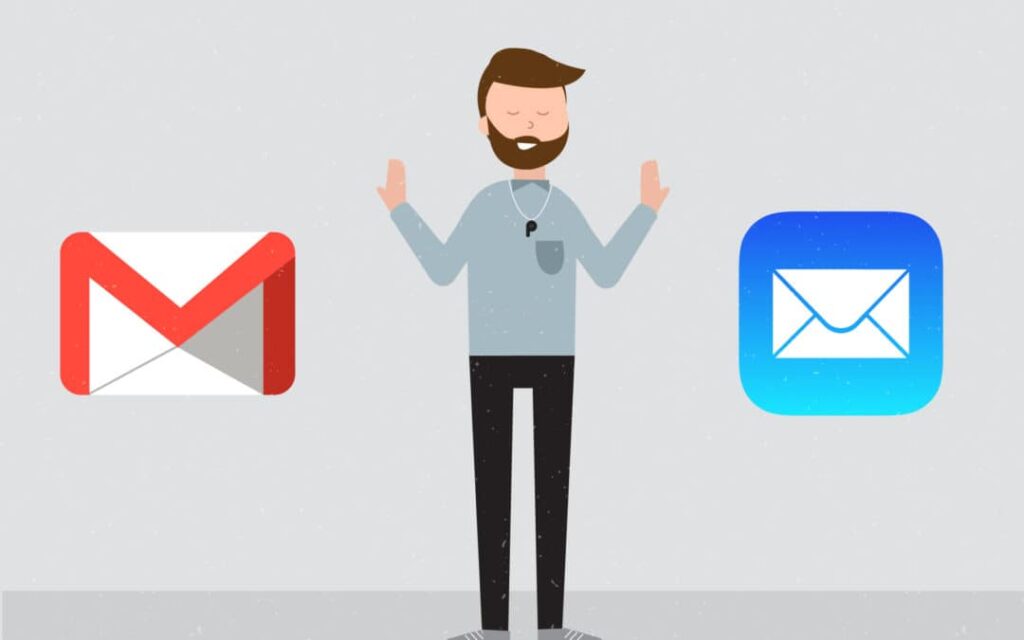
Email :
Email is an electronic means of exchanging digital messages via the internet using electronic devices such as smartphone, laptop, tablet, desktop, etc. It operates across the Internet, and most devices that come with computing power come with email systems, come with a text editor to compose messages. These messages can be edited in most editors. Basic formatting is also provided by some systems.
Email plays a great deal of role in the modern communication industry. What started merely as a means of electronic document transmission has now become a standard for exchanging electronic messages. The messages are referred to as mails which can be sent along with images and video attached with them.
By specifying recipient, address messages can be directed to recipient. It needs both sender and receiver to have an email address to send and receive emails and email address is unique to every user.
Gmail :
Gmail is the most popular and widely used email service offered by Google. It is just one of many web-based Email services used to exchange digital messages over the Internet. The ability to store many gigabytes of data as email data storage is the most unique feature of Gmail. Gmail makes profits by advertising to targeted users. Although targeted ads raised some privacy issues, Larry Page insisted that user information will be safeguarded, and annoying ads will not be displayed.
Gmail has become the dominant webmail service adopted by millions of users around the world. Besides its basic integration with the Google Account, Gmail is now a fully-featured email service integrated with all the major services and products offered by Google such as Google+, Google Drive, Hangouts, YouTube, Google Calendar, and more.
Can you migrate existing email?
No problem. You can move all your mail from one Gmail account to another.
Can u have multiple email addresses?
Sure! Using your original Gmail ID, you can create up to 30 email aliases. Sick of receiving mail on one of those aliases? Just delete it and the spam stops!
Security with Gmail
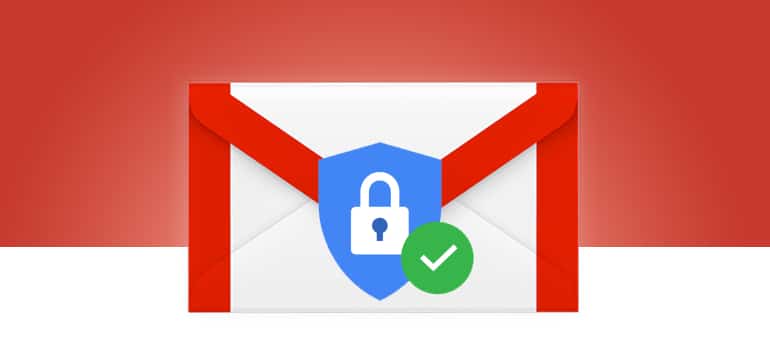
If you are wondering whether Gmail is secure from hackers, then the answer is yes, but only to a certain extent. Gmail is encrypted with TLS while transferring your data and it protects your emails at rest with industry-standard 128-bit encryption. Your personal data is relatively safe (though nothing is 100% secure).
However, even though Google has quite a few security features in place to make it harder for outsiders to intercept your data, remember that it’s not just hackers you should be concerned about. Your email provider might be secretly reading your emails as well, and Google has been caught doing just that. Later, Google stopped doing so and “employed†bots to scan your emails and collect valuable information about you.
Pros:
10+ GB of email storage space
10 GBs is five times more space than most people need, but it’s comforting to know that there is no pressing need to delete anything. If you are a packrat mentality and like to hang onto emails then Gmail is an excellent choice. If you are a clean freak, then consider tagging and archiving your read emails so they vanish from your inbox, but relish that there is no urgency to delete.
Cheaper and less manpower to maintain
Gmail is low cost, zero maintenance, and data storage “in the cloud,†which means your email, documents, and events are always available anywhere you can get online with a web browser. You don’t need an IT system administrator to create accounts and give users access to services; you can do that all yourself using Google Apps’ dashboard. But you don’t have to worry about data backup (it’s all stored on Google’s servers), hitting email account storage limits (Gmail’s up to 7GB of storage per user now), or futzing with VPNs, firewalls, or specific software. At any time you can choose to switch to another provider and take your domain name with you, which means you don’t have to change your email address if you decide Google Apps isn’t working for you.
Really good uptime
Up-time is how many days per year that the service is working properly. In the case of Gmail, crashes are few and far between. For a service that charges nothing, it’s tough to complain of the occasional downtime.
25 MB per email capacity
Yes, if you want to send 25 MBs of file attachments to a friend, Gmail will support that. While many people’s inboxes won’t take more than 5 MBs, another Gmailer can. Most people will never use this capacity, but it’s good to have for when you return from that trip to Europe, and you have a boatload of photos you want to send. Yes, using file storage services online is probably more convenient in the long run, but for those rare instances where a big send is necessary, Gmail is a good choice.
Online anywhere access.
One that comes instantly to mind is the fact that it can be accessed anywhere where there is internet access. On a server-based email client program you may find that it becomes difficult to access email. Some people find that when they access an online version of their messages they lack the ability to work with them as easily as if they had accessed them from their regular computer.
Multiple Accounts
Use Multiple Accounts from other email service providers. You can add your free accounts from Yahoo, Live, etc. You can add up to 5 other emails via POP to your Gmail to centralize your email.
Keystroke shortcuts
If you are a hardcore typist, then you can enable keystrokes to speed up your messaging. Press C to compose a new email, press E to archive a message, press M to banish the conversation from your inbox and more. For those people who do use Gmail shortcuts, this feature is both confidence-inspiring and very convenient.
Spam handling is excellent
Gmail does a very good job of scanning your incoming emails and identifying unsolicited email by patterns. This is the power of Google at work, folks. The annoying offers for cheap pharmaceuticals are kept to a minimum and quarantined quite conveniently in your spam folder.
Store Instant Messages (IM) and video conferencing
Gmail for business also integrates features such as IM storage and video chatting which makes it easy to get in touch with clients and co-workers and save the results of those conversations for future use.
Advanced Search
This is a very helpful tool in Gmail because it is very powerful. You can find one email within 100,000 emails easily. If you tried search tools from other email providers you will know how time consuming it is to find that email you want to find.
Cons:
Gmail suffers downtime
If you lose your Internet connection or Gmail suffers downtime, you can be left without access to your messages. Using Gmail also means you’re putting your trust in Google rather than your own hardware when it comes to protecting the security of your messages and providing adequate backups should something go wrong in one of its data centers. While Google is one of the most reliable and well-known cloud service providers, outages do happen.
Targeted Advertising
Gmail is a free service supported by targeted advertising that may use information from other Google products (such as Search) or the contents of your emails. Gmail also takes note of which messages you open and which you send to spam. Any email scanning within Gmail is done by automated tools and does not identify you personally, but some users may consider this a step too far in terms of privacy.
Google Integration
Gmail leans heavily on other products offered by Google, including Google+, Google Calendar, Google Drive and your Google Contacts list. If you regularly use alternative products — such as Microsoft SkyDrive or Outlook Calendar, for example — it can be more difficult to integrate these services with Gmail depending on your workflow, though some integration is usually possible in most cases.
Labels, not Folders
Rather than using the traditional folder-based system for managing emails, Gmail offers labels that can be applied to multiple messages. Each message can have multiple labels that are then used to sort your email and configure IMAP access. If you are more comfortable with the standard folder-based system or you have an existing setup that makes use of folders, you may find Gmail’s approach confusing and counterintuitive.
Search Limitations
Search is listed as one of Gmail’s strongest selling points, but the feature does have its limitations. For example, you can’t sort through your messages by size, something that is relatively easy to do in most desktop clients. It also offers less flexibility than Google’s Web search by not offering spelling suggestions or matching plural versions of your keywords.
.


